Our Solar System: A Photo Tour of the Planets
The Winds of Neptune
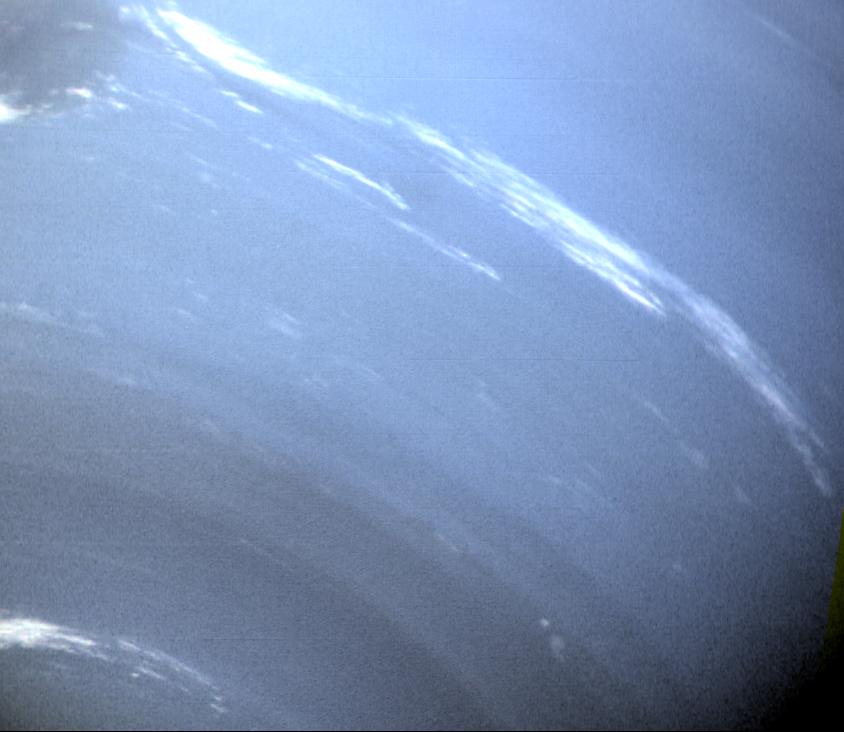
Neptune's winds travel at more than 1,500 mph, and are the fastest planetary winds in the solar system.
Comets
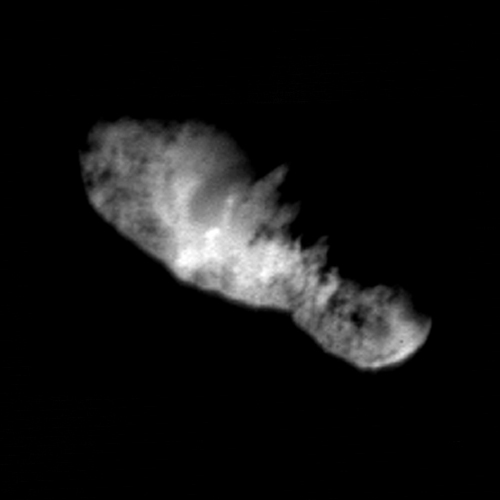
Comets are cold, dirty aggregations of rock and ice that release gas or dust. The solid core of a comet consists mostly of ice and dust coated with dark organic material, with the ice composed mainly of frozen water. When heated by the sun, the comet's surface ice turns into a gas, forming a cloud called a coma which stretches into a dust tail and an ion tail. Comets zoom in crazily elliptical orbits around the sun. They can take decades to make one orbit, such as Halley's Comet, which returns once every 76 years. Many have much longer orbital durations, over 200 years. When comets travel close enough to the Earth, their long tails can trigger meteor showers. Sometimes comets crash into the sun or into planets like Jupiter, and sometimes they only appear once and never return.
Comet Hale-Bopp
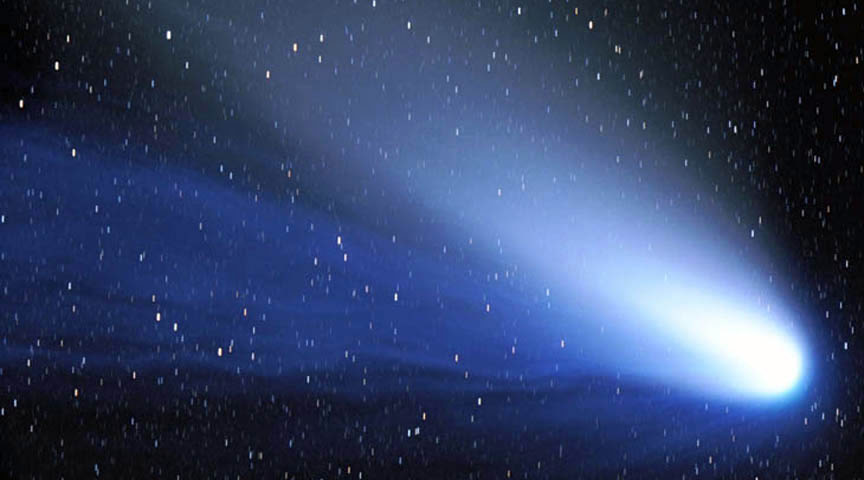
John Gleason captured this amazing shot of the comet Hale-Bopp in March 1997.
Kuiper Belt — Trans-Neptunian Region
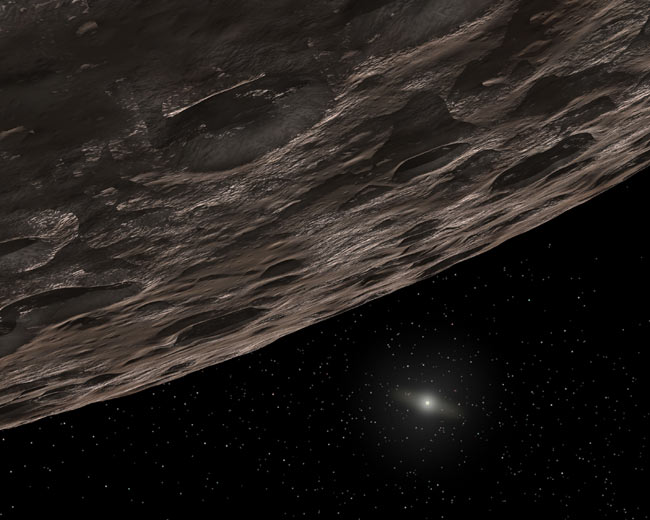
Out past the orbit of Neptune and the other planets, the solar system gets mighty cold and dark. Really. The area known as the Kuiper belt holds hundreds of thousands of icy bodies larger than 60 miles (100 km) wide, as well as an estimated trillion or more comets.
Smallest Object in Outer Solar System
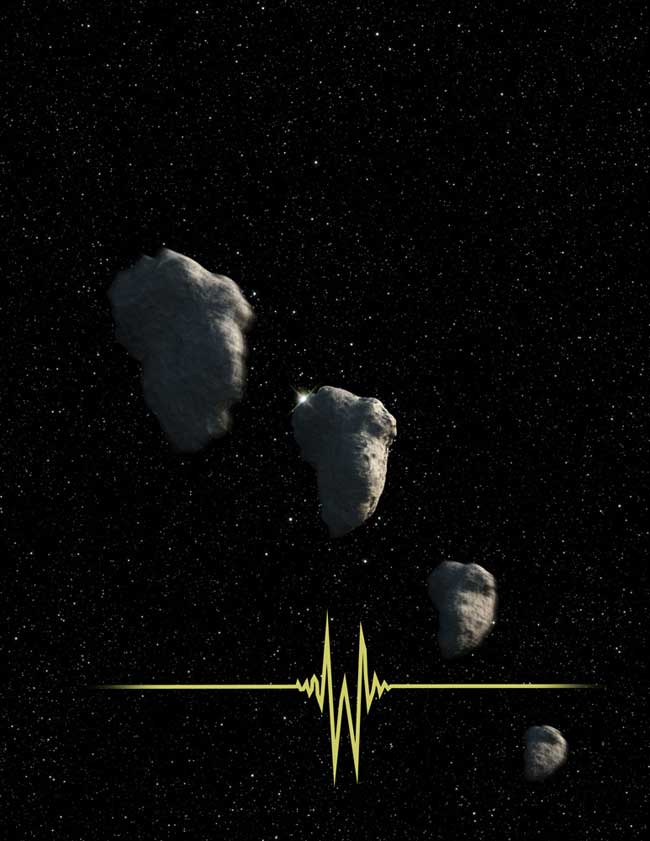
This is an artist's impression of a small Kuiper Belt Object (KBO) occulting a star. NASA's Hubble Space Telescope recorded this brief event and allowed astronomers to determine that the KBO was only one-half of a mile across, setting a new record for the smallest object ever seen in the Kuiper Belt.
Pluto
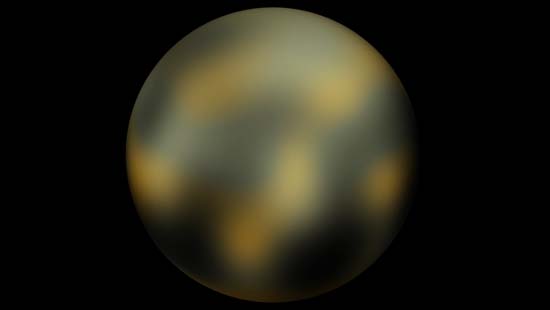
Pluto, the dwarf planet, has gone through some changes. Clyde Tombaugh discovered Pluto in 1930, based on predictions from Percival Lowell and other astronomers. Pluto is only 1,400 miles (2,300 kilometers) wide and is about 3.6 billion miles from Earth. It has four moons, the latest of which was announced in July 2011.
Pluto used to be classified as a full-fledged planet until the International Astronomical Union (IAU) downgraded it a dwarf planet in 2006 because its small size. Oh, no, they di'int! Oh, yes, they did! Pluto has serious planet envy now. Also, Pluto's orbit tilts 17 degrees from the ecliptic plane.
Pluto Unveiled
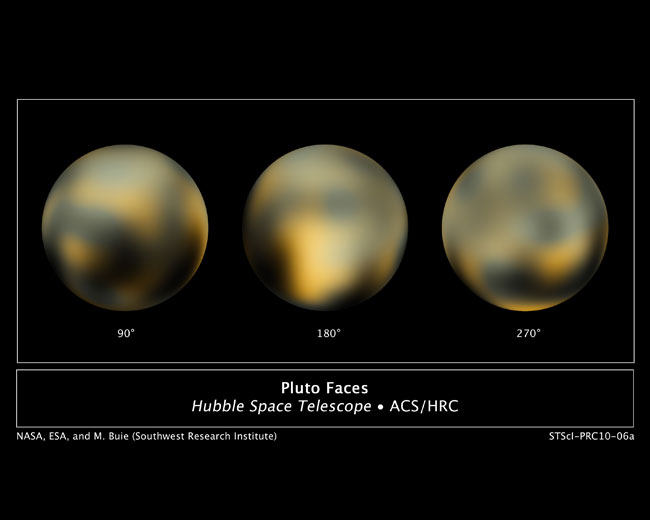
This is the most detailed view to date of the entire surface of the dwarf planet Pluto, as constructed from multiple NASA Hubble Space Telescope photographs taken from 2002 to 2003, before the telescope’s latest overhaul. The center disk (180 degrees) has a mysterious bright spot that is unusually rich in carbon monoxide frost. The image was released in February 2010.
Dwarf Planets
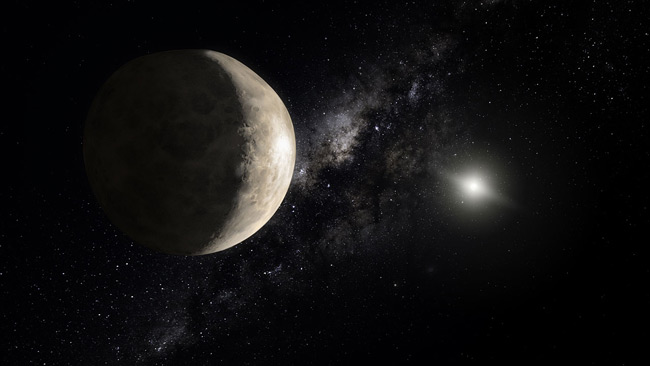
Dwarf planets belong to a newer classification in the solar system naming scheme. The International Astronomical Union defines a dwarf planet as "an object in orbit around the Sun that is large enough (massive) to have its own gravity pull itself into a round (or nearly round) shape. Generally, a dwarf planet is smaller than Mercury. A dwarf planet may also orbit in a zone that has many other objects in it. For example, an orbit within the asteroid belt is in a zone with lots of other objects." Got that? Other objects are okay!
The Weirdest Object in the Solar System?
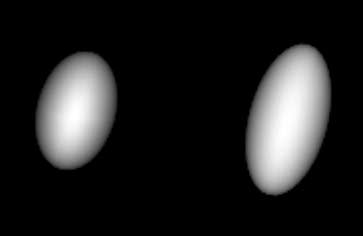
Haumea is one of the strangest known objects in the solar system. It is as big across as Pluto but shaped like a cigar or perhaps an American football. These two images show the two extremes of its appearance as it spins.
Oort Cloud
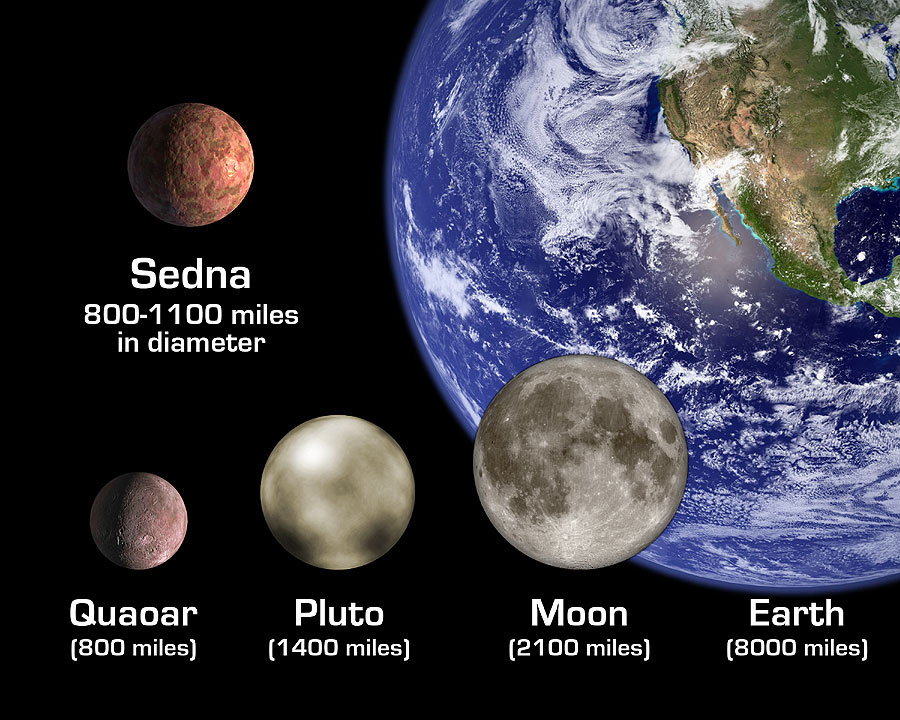
But wait: there's more! Beyond the Kuiper belt lies the Oort cloud, which theoretically extends from 5,000 to 100,000 times the distance of Earth to the sun, and is home to up to two trillion icy bodies. An object called Sedna, about three-fourths the size of Pluto, might be the first dwarf planet discovered in the Oort cloud.
Join our Space Forums to keep talking space on the latest missions, night sky and more! And if you have a news tip, correction or comment, let us know at: community@space.com.
Get the Space.com Newsletter
Breaking space news, the latest updates on rocket launches, skywatching events and more!

